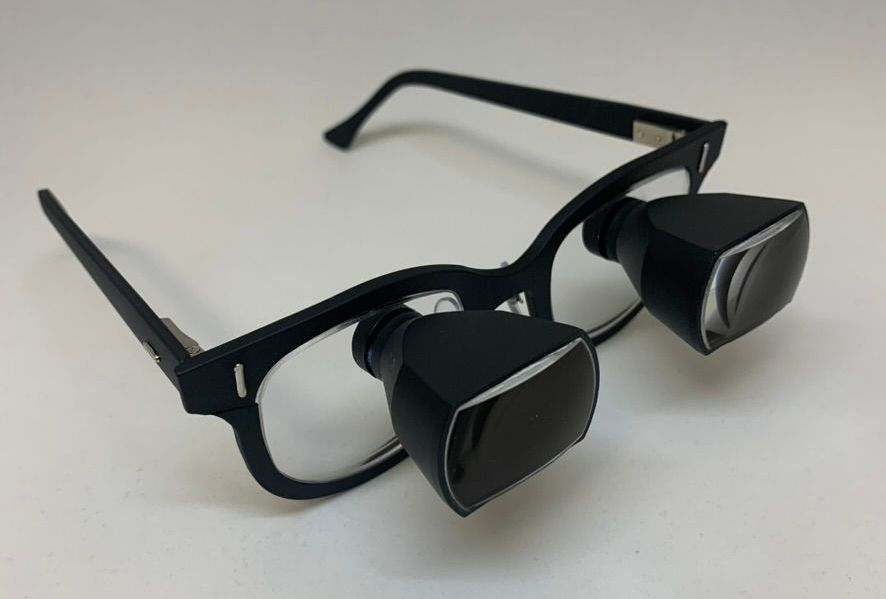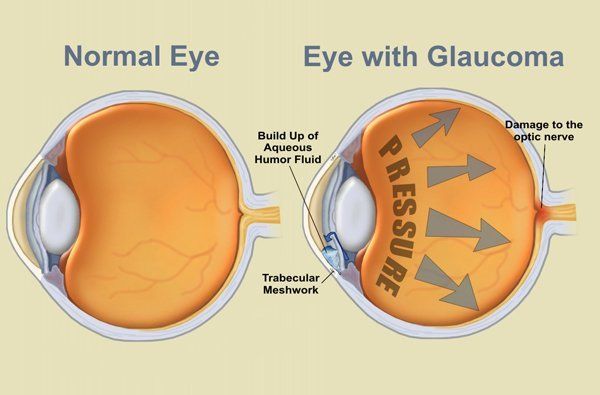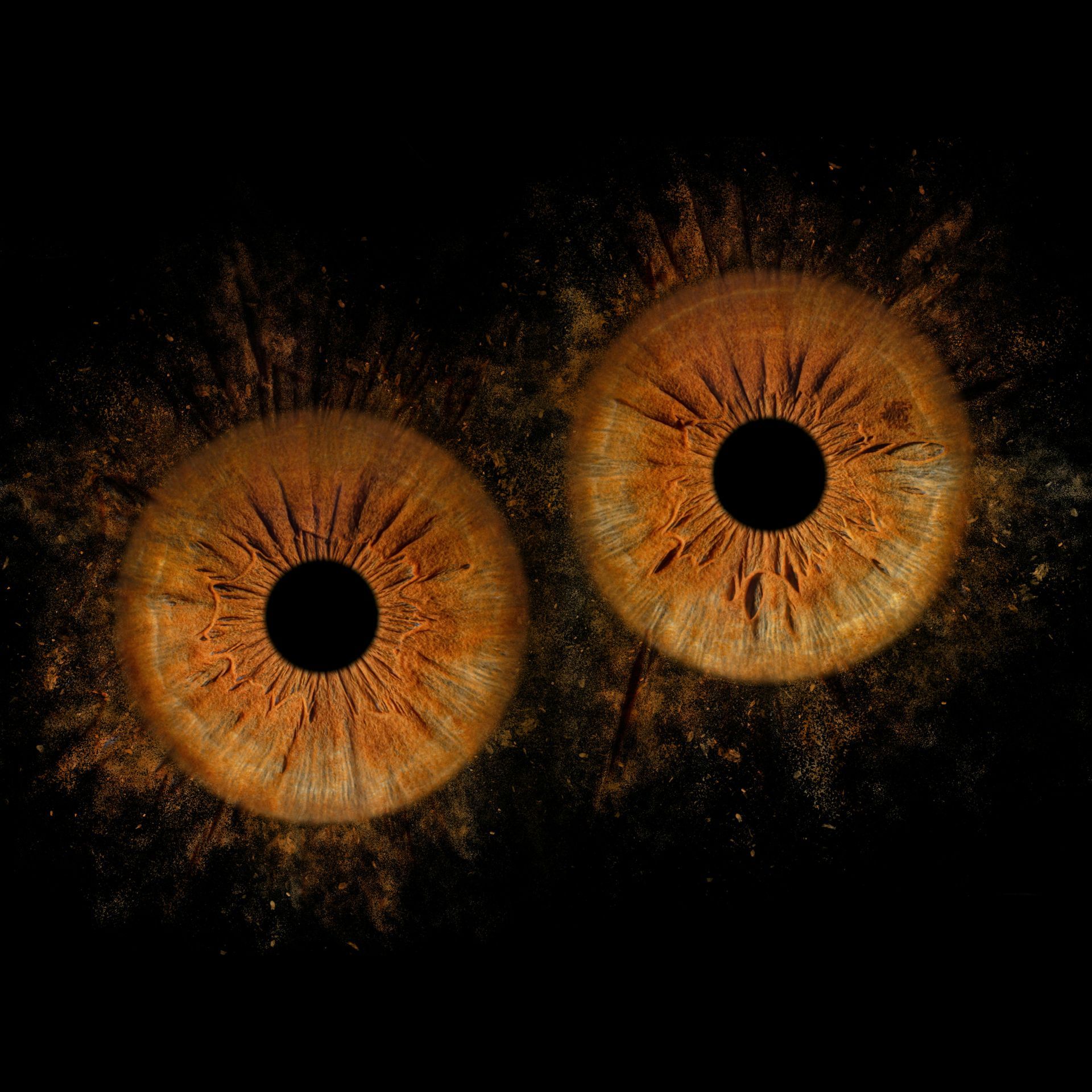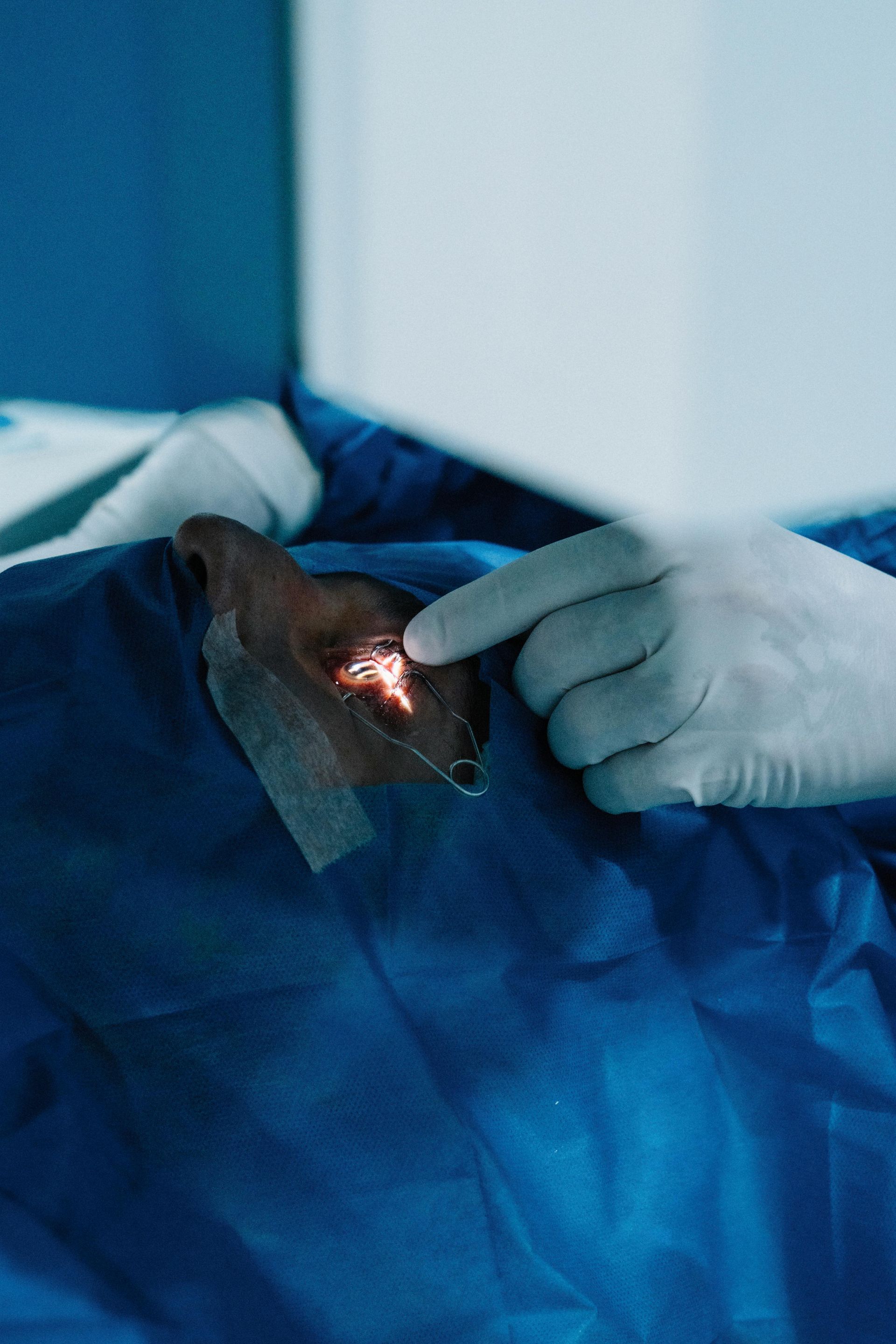Low Vision Month: Bioptics for the layperson

Blog vol 4.37. Low Vision Month: Bioptics for the layperson
We need some clarity on this topic. This is called “educating the public”!
To begin, a “biopic” is a dramatization of someone’s life, like Freddie Mercury in Bohemian Rhapsody. The letter “T” makes all the difference. Optics have to do with lenses, light, and seeing, and “bi” comes from the Latin for two, so two optics, just like bifocal means two foci.
So how does a person get better distance vision if regular glasses won’t do it? By the use of telescopes that are mounted in a pair of glasses. When we think of telescopes, we automatically think of stars and planets: an instrument that helps us to see into the heavens. They can get up to 120X in power over the naked eye, which equates to 20/0.1667 vision. Pretty out there for driving a car, not a spaceship.
In Ontario, 20/50 vision is the minimum vision requirement for a driver’s license. The driving laws in Ontario allow for a maximum 4 X telescope, so a person with 20/200 vision if everything is working properly, could likely see 20/50.
The process of getting measured and fit for a bioptic is pretty simple. A Low-Vision specialist, who has experience working with people with visual impairments, measures the vision to assess vision level (like 20/100), visual field (like 120 degrees of field), contrast sensitivity, actual physical eye condition, and spectacle prescription. The last one takes special techniques and questions to arrive at an accurate result. Then expectations, motivation, and general support are considered. Bioptics are not the answer for everyone. There is a steep learning curve in learning to use them.
Let’s say that a person comes in with 20/80 vision. We can put a 2.2 X telescope with their spectacle prescription in place and see what their vision is. They should get about 20/30 or 20/40 through the telescope. Then that spectacle prescription is actually built right into the telescope to provide custom vision correction. As long as their visual field is adequate we can fit them for the bioptic.
What you see here is a pair of glasses that have these little black “tubes” sticking out at the top, which are the telescopes. The black “tubes” are fit to sit just above the line of sight at about a 10-15 degree angle upward. The person drives seeing through the bottom or carrier lens, and will regularly drop their head and take a view through the telescope to get a more magnified view of what’s ahead. You can imagine how hard it is to do this while driving, but it is a learned skill, no different than checking your mirrors or your blind spot, which does become second nature.
If the driver requires more power, like 3X or 4X, it does become more challenging. Stronger is not always better. We do not need the Webb telescope in our glasses to drive to the grocery store. I liken it to your shoe size, there is one size that fits you, not too big, not too small, just right. As you get into stronger telescopes, the field of view in the telescope gets smaller and everything seen in the telescope moves that much faster. It makes it harder to spot things and to track or follow them, which is why a 4x telescope is the strongest allowed for driving in Ontario.
Once measured, the device is ordered, it takes about a month because they have to be individually made in the USA. Then the person is fitted and instructed on how to use the device.
This can be an exciting and life-changing process for many people. So if you see someone wearing funny glasses with black things stuck to them driving, you know what you are seeing: a highly motivated and conscientious driver who has worked very hard to have the privilege of being behind the wheel. Kudos to them!
Til next week
The good doctor






